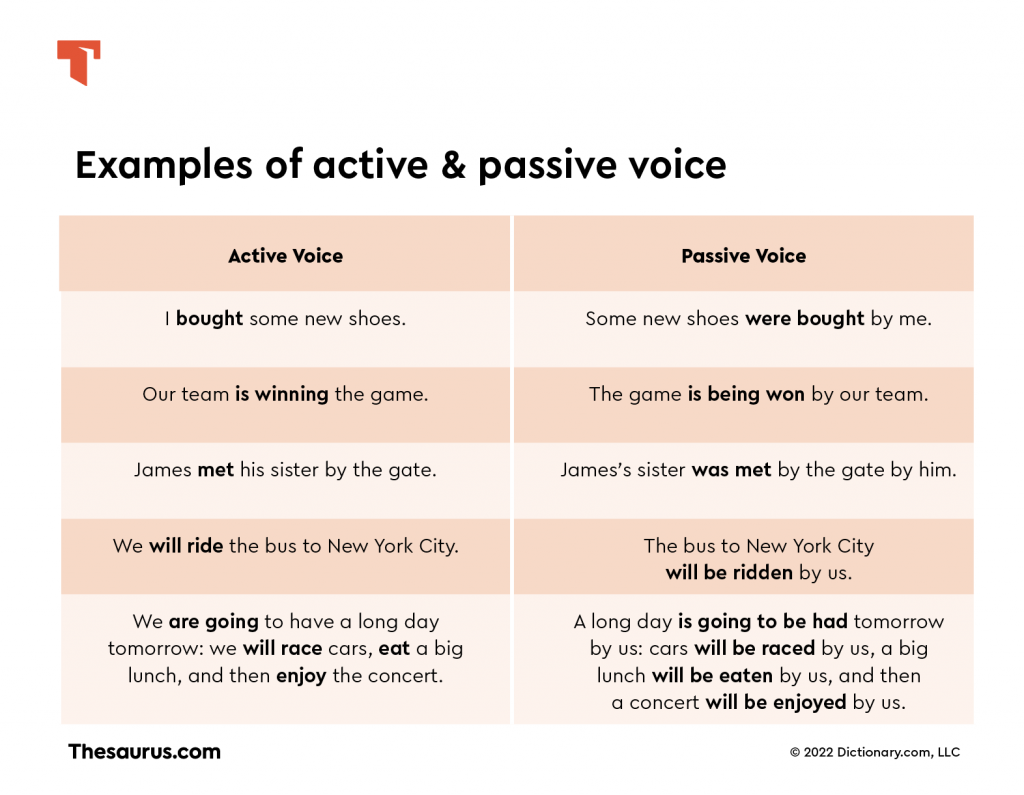When it comes to writing, understanding the difference between passive voice and active voice is crucial. These two styles of writing can greatly impact the clarity and effectiveness of your message. By knowing when and how to use each, you can elevate the quality of your writing and better engage your audience.
Passive voice and active voice are two different ways of constructing sentences. In active voice, the subject of the sentence performs the action, while in passive voice, the subject receives the action. Each style has its own set of rules and applications, so it’s important to know when to use them.
Passive Voice and Active Voice
Passive voice is often used when the focus is on the action or the receiver of the action, rather than the doer. For example, “The book was read by the student” is in passive voice because the focus is on the book being read, rather than the student who read it. Passive voice can be useful in situations where the doer of the action is unknown or unimportant.
On the other hand, active voice is more direct and concise. In active voice, the subject of the sentence performs the action. For example, “The student read the book” is in active voice because the student is the one performing the action of reading. Active voice is generally preferred in writing because it is clearer and more engaging for the reader.
One common pitfall of passive voice is that it can lead to vague or wordy sentences. By using passive voice, writers may unintentionally obscure the doer of the action or make the sentence more difficult to follow. Active voice, on the other hand, is more straightforward and can help to make your writing more dynamic and engaging.
In conclusion, understanding the difference between passive voice and active voice is essential for effective writing. While both styles have their place, active voice is generally preferred for its clarity and directness. By knowing when and how to use each style, you can improve the quality of your writing and better connect with your audience.
